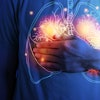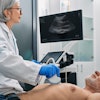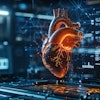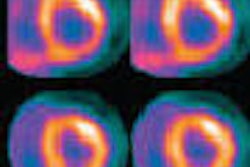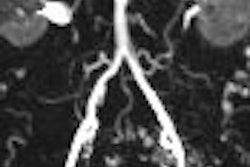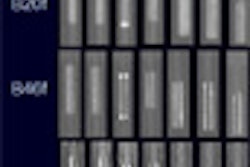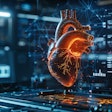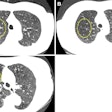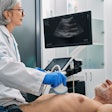Dear Cardiac Imaging Insider,
In ways big and small, the early promise of dual-source CT angiography (CTA) seems to be panning out in the clinical setting. A recent example comes from Zurich, Switzerland, where researchers have removed a sizeable group of heart patients from the "do not scan with CT" list.
Dr. Hans Scheffel and his colleagues at University Hospital Zurich and the Clinic for Cardiovascular Surgery have produced a small study with big potential for patients with extensive coronary artery calcifications.
Their cohort had a mean Agatston calcium score of 821 (range, 0-3,000) which would have excluded many of them outright from coronary CTA. But dual-source did the job with surprisingly few nonevaluable coronary segments, and without beta-blockers to slow the heart rate.
Get the details in this issue's Insider Exclusive article, available to our cardiac imaging subscribers before it is published for the general AuntMinnie.com readership.
In cardiac MR, studies from New York highlight new methods of diagnosing pulmonary hypertension (PH) noninvasively. Radiologists at Mount Sinai Medical Center in New York City are using two new methods of evaluating the potentially deadly condition.
One study detected PH by measuring the ventricular septal-to-free-wall curvature ratio. Another used phase-contrast MRI to determine that average blood velocity is strongly correlated to pulmonary pressure and resistance. Read more about the researchers' efforts to skip the risks of right-heart catheterization here.
In PET/CT, a team from Munich, Germany, has developed an automated attenuation correction method that shows particular promise for cardiac studies.
From another report at the 2007 European Congress of Radiology, find how the use of 64-slice coronary CTA is saving money for Innsbruck Medical University in Austria. Just 286 kilometers down the road, researchers at Medical University of Vienna are getting a better look at coronary stents by picking the right reconstruction kernel.
We invite you to scroll down for the rest of the news in your Cardiac Imaging Digital Community.
